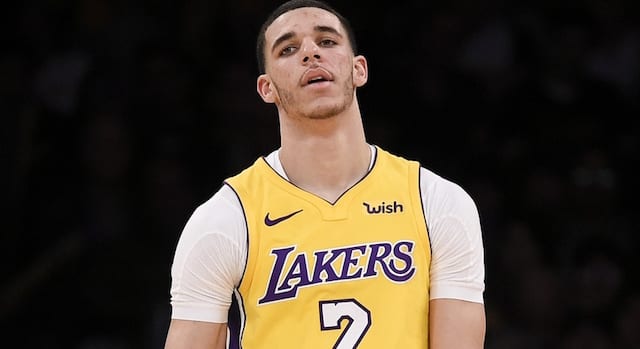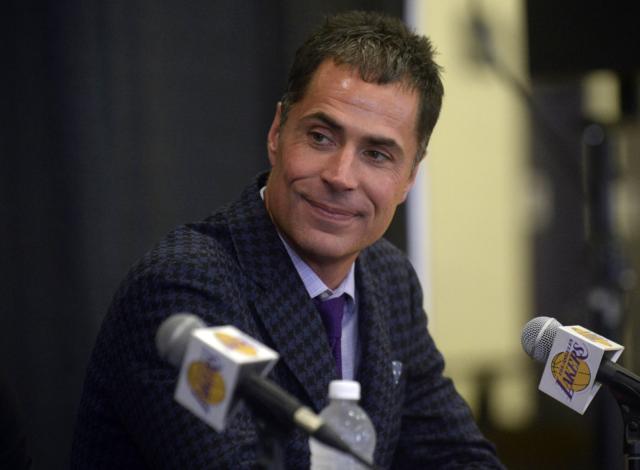The underlying concept of fantasy NBA is that you (the manager) pick a roster (your team) of real NBA players and your team accumulates statistics as these players accrue statistics in real life NBA games. For example, if you own LeBron James in your fantasy league and he goes off for 50 points, 10 rebounds, and 10 assists in a game against the Bucks, your fantasy team will also gain 50 points, 10 rebounds, and 10 assists. Thus, the performance of your team is completely dependent on your players’ performance.
Scoring for Fantasy NBA usually falls within two categories. The first is Head 2 Head, which I’ve already stated I am not a huge fan of. The reason for this is that each week you are paired up against another manager in your league, and you compete with each other for the week. The following week you play against another team, and so on and so forth. For the last few weeks of the regular season, you have “playoffs” for the top teams in your league. I don’t like this scoring method for several reasons, but much of the strategy I present is applicable in this scoring format as well.
On to rotisserie scoring, my favorite. Rotisserie scoring basically accumulates stats for your players throughout the course of an entire NBA season, your stats are then compared with stats for the other teams in your league and you are ranked accordingly. There are no playoffs for rotisserie. For both scoring formats, there are different options for what statistical categories to use, but the standard formats use nine: Points Scored, Field Goal Percentage, Free Throw Percentage, 3 Pointers Made, Assists, Rebounds, Steals, Blocks, and Turnovers.
The first thing to remember is that these categories only reflect statistical contributions of players, and there is an emphasis on offensive production since it’s much more measurable. As a result, players such as Danny Granger and Shawn Marion (formerly) who contribute across the board are valued very highly, more so than they are in real life.
Especially awesome are big players that can make 3s (like Dirk), and small players that get lots of rebounds (like Jason Kidd or Rajon Rondo). Also pretty valuable are players that play multiple positions since most leagues require you to set your roster such that players are assigned a position (so if you have 5 centers and all of them are scheduled to play a game a certain night, some of them might not get to contribute since you only have space for 4 centers in your league.) You can usually update your roster everyday, but some leagues only allow you to update once a week.
In Yahoo! Fantasy NBA, default settings give you a roster of 13 players, with up to 9 of them playing any given day. These players are divided by position, you are allowed: 1 Point Guard, 1 Shooting Guard, 1 additional Guard, 1Small Forward, 1 Power Forward, 1 additional Forward, 2 Centers, and then 2 players of any position called Utility players. In addition, there are only 82 games available at each position, so you don’t gain any advantage by changing your roster everyday and ensuring you accumulate as many games as possible.
Don’t forget that a huge component of fantasy NBA success is predicated on luck, you could assemble the best team possible but if a few key players get injured you could be sunk, just like the real NBA. Now that you know the basics, here’s a quick rundown of some potential fantasy sleepers and busts for the upcoming season. For the most part, the default rankings in yahoo are actually very good, but here are some possible bargains.
Note, in case you have not figured it out yet, Fantasy NBA will not help you pick up chicks.
Next: The Eastern Conference








